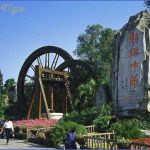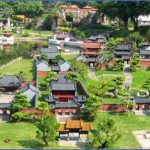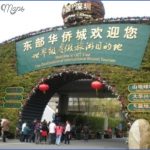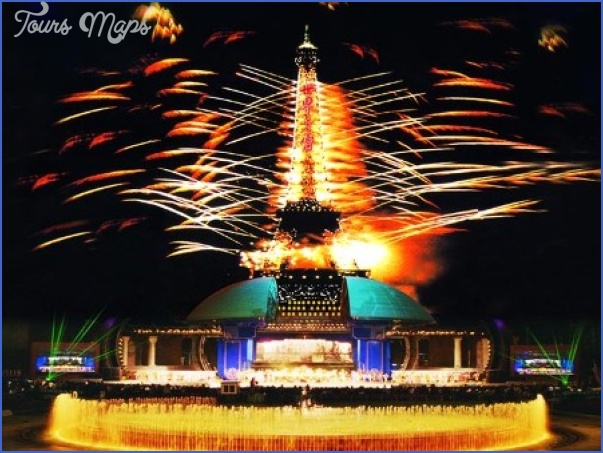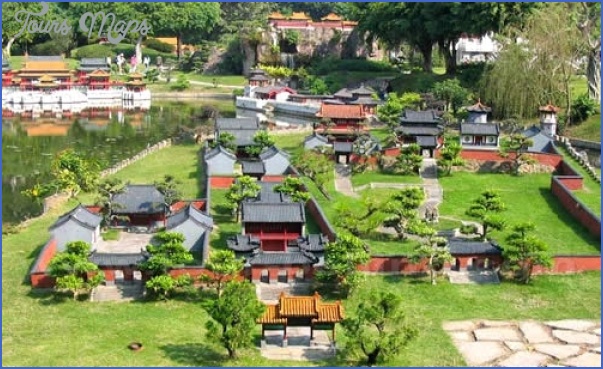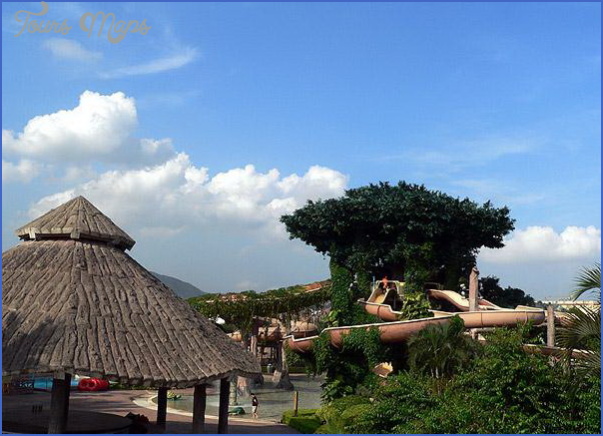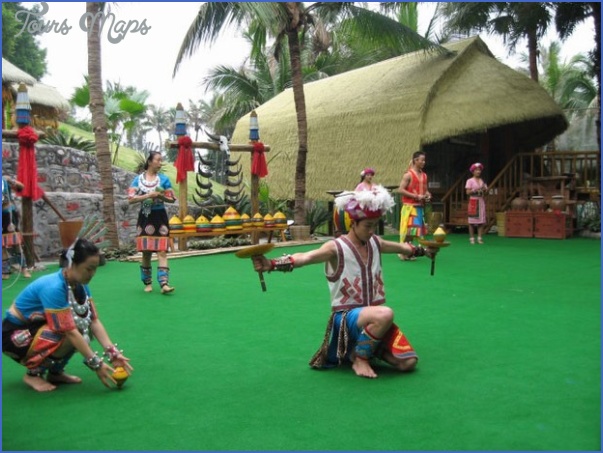SOUTHERN SONG DYNASTY
The events surrounding the end of the Southern Song Dynasty thirteenth century are well known in relation to the history of Hong Kong. As the Mongol armies overran the
Southern Song Kingdom the country known to Marco Polo as Manzi Marco was in China at this time, the royal family fled and found refuge in the Hong Kong area. The last Southern Song Emperor was drowned off Chiwan where his grave still stands. You can read about this in the body of the book.
One of the Emperor’s courtiers left a lasting mark on the area and his name is commemorated in the name of the Che Gong Miao Metro station. Che Gong Lord Che was the doctor who administered to the Emperor on his last flight to the Hong Kong area. He put his medical knowledge into practice when an epidemic broke out in the area, and was responsible for saving many lives. For this he was declared to be a god and entered the Daoist pantheon. He is particularly popular in the area of the former Bao’an County and had a temple near the site of the Che Gong Miao Metro station.
PIRACY IN THE MING AND QING DYNASTIES
The second historical period whose events had a profound and lasting effect on the life of Shenzhen was the period of pirate incursions from the end of the Yuan Dynasty 14th Century until beginning of the Qing Dynasty 17th century.
Piracy was a big issue for the people of the Shenzhen area after the destruction of the Yuan or Mongol navy at the end of the Yuan dynasty. In 1382, the Ming government established a Thousand Household Defence Centre at Nantou with the objective of suppressing piracy. Naval forces were permanently stationed on the Pearl River. In 1573 when the name of the County was changed from Dongguan to Xin’an, it was reported that there were 112 naval ships and 2000 troops stationed at Nantou. Some 50 years earlier, in 1521, they had been at a sufficient strength to inflict a sound defeat on Portuguese forces under Fernando Peres de Andrade in the waters off Tuen Mun, thus putting an end to serious imperial pretensions on the part of the Portuguese in China.
The most serious pirate challenge came at the end of the Ming dynasty in the mid 17th century. These are usually referred to in Chinese texts as Japanese pirates. However the real culprit was Chinese, albeit a Chinese with a Japanese mother. He was Zheng Chenggong, usually referred to in Western texts as Koxinga. Koxinga went from being protector of the Ming Princese at the end of the Ming Dynasty to conquering Taiwan from where he waged war against the Manchu conquerors of China. To deal with this threat, the Kang Xi Emperor ordered the depopulation of the whole coastline of Guangdong to a depth of 50 li 15 miles. This included all of Shenzhen. Thirty years later when the threat had gone and the land was reoccupied, the new immigrants were not the former Cantonese residents, but Hakka from northern Guangdong. Thus much of Shenzhen remains a Hakka speaking area to this day. You can still see Hakka women wearing their characteristic broad hats with black netting hanging from the brim.
The subject is dealt with at length in the section about Historic Shenzhen.
THE OPIUM WAR
The Opium War was also a major event in Shenzhen’s history. If you read English accounts of the war, you will often find references to Lintin Island. This was the great opium emporium, a desolate island where the opium was transhipped from British East
Indiamen to Chinese boats for fast shipment through the labyrinthine passages of the Pearl River Delta. This is Ling Ding Island. You can see it on a clear day from Shekou, although there is not much of historical interest remaining on the island, which has been declared a nature reserve.
Shenzhen also had several forts, which engaged British naval and land forces during the war. Nantou was occupied by British marines. On the other side of the city, Dapeng fought several engagements against the British with some degree of success. For details, see the chapter on Dapeng.
Above the whole engagement stood the figure of Lin Zexu. Lin was the Imperial Viceroy of the Two Guangs Guangdong and Guangxi. He was an incorruptible figure who was determined to wipe out the shame of both opium and the corruption that accompanied it. Unfortunately, to this he added a strong streak of arrogance and implacability. Being a traditional Chinese, he refused to recognise the British as anything other than barbarians, he ignored their desires for a legitimate trade outside opium, and insulted Napier, the Queen’s representative. Under those circumstances, war became inevitable, even though a strong party in Parliament at Westminster opposed going to war over the interests of drug dealers. Still, Lin was a great man and is commemorated by a statue at Chiwan.
Shenzhen Travel Destinations Photo Gallery
Maybe You Like Them Too
- The Best Cities To Visit in The World
- World’s 10 Best Places To Visit
- Coolest Countries in the World to Visit
- Travel to Santorini, Greece
- Map of Barbados – Holiday in Barbados



